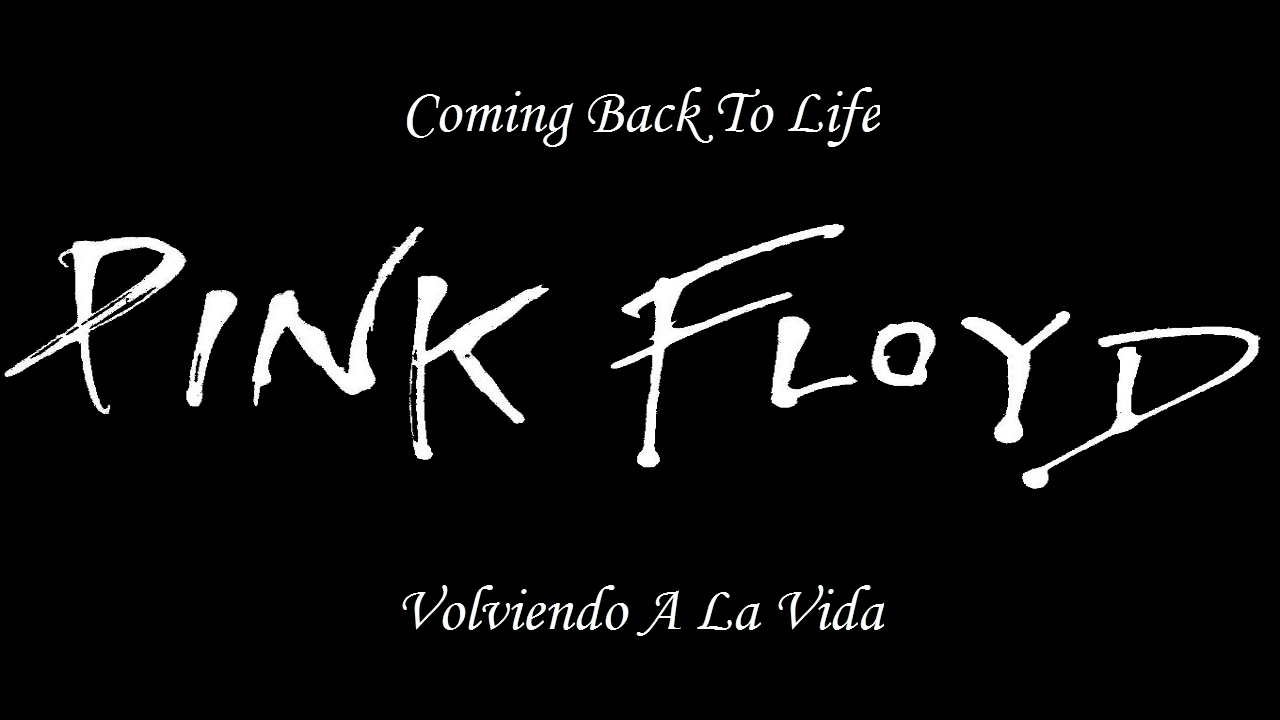

“Every minute that there’s no oxygen to those organs, they start dying,” says Tisherman. Kick-starting the heart is only one half of the doctor’s battle, however the lack of oxygen after a cardiac arrest can cause serious damage to the body’s vital organs, particularly the brain. Last December, a paper in the journal Resuscitation caused a stir by suggesting that 50% of surveyed emergency doctors have witnessed ‘ Lazarus phenomena’, in which a patient’s heart has begun beating again by itself, after doctors had given up hope. Tisherman now thinks of death as the (admittedly subjective) point at which doctors give up resuscitation as a lost cause – but even then, some people can still make a remarkable comeback. “It used to be correct, but now with the basic discovery of CPR we’ve come to understand that the cells inside your body don’t become irreversibly ‘dead’ for hours after you’ve ‘died’… Even after you’ve become a cadaver, you’re still retrievable.” “We’ve all been brought up to think death is an absolute moment – when you die you can’t come back,” says Sam Parnia, at the State University of New York in Stony Brook. Safar’s work began to change our perceptions of death – blurring the point that is meant to mark the end of our lives. It is an inspiring dynasty: in the 1960s Safar had pioneered cardiopulmonary resuscitation (CPR), the now familiar procedure of applying pressure to the chest cavity to try to massage the heart back to life. Tisherman’s quest to bring people back from the brink of death began at medical school, where he studied under Peter Safar. “What we’re doing is beginning part of that experiment.” “That doesn’t help, because it’s important for the public to know it’s not science fiction – it’s based on experimental work and is being studied in a disciplined manner, before we use it to stop people dying.” Rhee, who came to global attention after treating congresswoman Gabrielle Giffords after a shooting in 2011, tends to be bolder: he says he wouldn’t rule out longer-term suspended animation, in the distant future. “My concern isn’t that it’s inaccurate – it’s that when people think of the term, they think about space travellers being frozen and woken up on Jupiter, or Han Solo in Star Wars,” he says. He is particularly wary of using the term ‘suspended animation’. During our conversation, he comes across as a thoughtful, measured man, who is careful not to oversell his research. The news coverage has sometimes offended Tisherman’s cautious sensibility. “ Cheating death with ‘suspended animation’” is how CNN put it “ Killing a patient to save his life” was the New York Times’ take. The first patients will have been so badly wounded that their hearts have stopped beating, meaning that this is their last hope. Tisherman created headlines around the world earlier this year, when he announced that they were ready to begin human trials of the technique on gunshot victims in Pittsburgh, Pennsylvania. “They’d be groggy for a little bit but back to normal the day after,” says Tisherman. “It’s quite curious, at 30C the heart will beat once, as if out of nowhere, then again – then as it gets even warmer it picks up all by itself.” Astonishingly, the animals in their experiments show very few ill-effects once they’ve woken up. At a certain temperature, the heart flickers into life of its own accord. “As the blood is pumped in, the body turns pink right away,” says Rhee. Once the injury is fixed, blood is pumped once again through the veins, and the body is slowly warmed back up.

The procedure, so far tested on animals, is about as radical as any medical procedure comes: it involves draining the body of its blood and cooling it more than 20C below normal body temperature. With Samuel Tisherman, at the University of Maryland, College Park, he has shown that it’s possible to keep bodies in ‘suspended animation’ for hours at a time. “When you are at 10C, with no brain activity, no heartbeat, no blood – everyone would agree that you’re dead,” says Peter Rhee at the University of Arizona, Tucson.


 0 kommentar(er)
0 kommentar(er)
